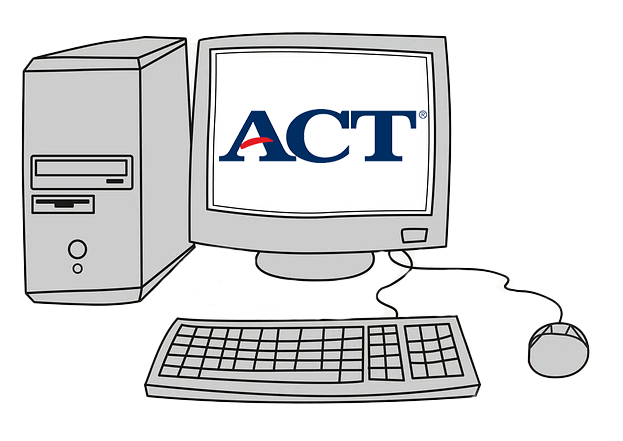Anyone who has ever taken the ACT, knows that it’s no easy feat. It’s a three hour test with 215 questions and an essay. It’s more than the length of it that’s nerve-wracking; the test is a crucial part to getting admitted into any college.
Oxford High School runs the testing, and it’s a tight ship. The tiniest mistake can invalidate everyone’s test. There are two versions of the test that Oxford can choose to take: digital and paper. Digital may be a newer option that hasn’t been practiced as much, but it is a far more beneficial and easier way to take the ACT.
First of all is choosing answers. On the paper ACT, you have to fill in a bubble on a different page from the actual problem. If you use the wrong pencil, or don’t fill in the bubble enough, your answer is marked wrong. Any stray mark with a pencil can make the Scantron machine confused. There is a way around this problem. You can have your test hand-graded, where a person will look and make sure there are no issues with the scoring.
There’s just one thing: hand scoring costs an additional 50 dollars for the multiple choice sections alone. Sure, these automated scoring mistakes are not extremely common, but they still happen. The ACT is letting those mistakes affect poorer students more when they allow paper testing.
If you compare that to a digital test, the choice seems simple. You click the answer you want on the same page as the problem, and then move on to the next question without worrying about the answer being graded incorrectly.
Digital ACTs also have useful tools. Some people can’t focus and need a line reader, or can’t see and need bigger font sizes and magnification.
On the digital test, when students get stuck on a question, you can flag it and come back later. Students can use the answer eliminator to narrow questions down. The highlighter helps testers remember an important phrase for an answer. The most important tool, however, is the timer. While you are allowed to bring a watch into the ACT, it’s often the case that focusing on the test makes you forget to check the time. The on screen timer doesn’t have that issue, as it’s on the screen next to the question, reminding you of how much time you have left.
Scores also get back much quicker when you take the ACT digitally. Since the computer software automatically grades your multiple choice, you receive the scores faster compared to paper testing.
You can get your multiple choice answers in as little as two days, compared to the paper which generally takes multiple weeks. This gives you more time to submit scores to colleges and prepare for any necessary retesting. Without that extra time, you may miss an application date and not get your score in.
Some people say that digital testing has its own downsides, and it does. Technical difficulties can affect tests, but with proper preparation those risks can be minimized.
All the other positive points of digital ACT testing far outweigh that possibility. Scoring that shows equality, tools that embrace technology, and scoring that is timely show why the ACT should be given digitally, and not on paper.







